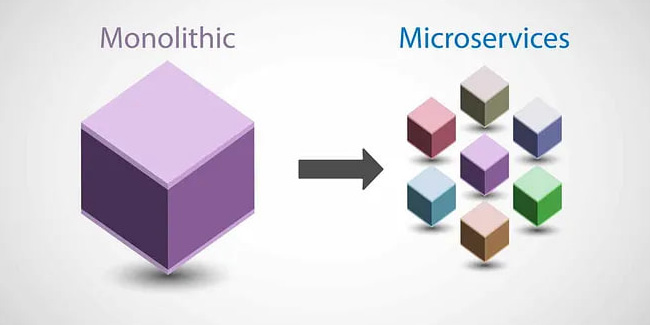

Mastering Microservices: Best Practices for Scalability, Resilience, and Maintenance


What do you know about microservice architecture?
So, microservice architecture became a leading approach for developing software with some important benefits like scalability and flexibility. Big players such as Netflix, Google, and Amazon have smoothly gone from monolithic systems to microservices, demonstrating their effectiveness.
In this article, we’d like to share Introduct professional experience. We will explore key principles of microservice design, strategies for handling failures and scaling microservices, monitoring and logging practices, testing methodologies, and techniques for maintaining microservices.
Building Microservice: Design
Before building scalable and resilient microservices, one important step is to think about the design, as it plays a crucial role in microservices functioning. Microservices design uses several key principles, and one of them is a single responsibility principle and separation of concerns. It states that each microservice should focus on doing just one thing, making it understandable, maintainable, and modular.
If it’s clear with SRP, what about the separation of concerns? Well, the separation of concerns means breaking down the system into smaller parts, where each part is responsible for a specific task. This way, each part is maintained independently of the others. By following these principles, we’ll get a scalable and resilient architecture.
Microservices Architecture: Managing Failures and Scaling
In the changing world of microservices, there’s no way we can avoid dealing with failures and scalability. Strategies like circuit breakers, load balancing, and auto-scaling can help in reducing risks and maintain functionality.
Circuit breakers serve as measures to stop chain reactions of failures by cleverly redirecting traffic. Load balancing evenly spreads requests, among servers to prevent any one server from becoming overwhelmed, while auto-scaling automatically adjusts resources according to the level of demand.
On the other hand, there’s load balancing which helps evenly spread out tasks, among resources to improve processing efficiency. It ensures that resources are effectively used without overwhelming any nodes.
Auto-scaling modifies the resources in a server farm depending on the workload. This adjustment automatically optimizes resource distribution. Dynamic auto-scaling guarantees performance, by adjusting resources based on demand.
Observing and Logging Microservices
While monitoring and logging microservices, two techniques serve these purposes: distributed tracing and centralized logging.
Distributed tracing follows requests through microservices, helping to identify performance issues and address problems, to prevent them from becoming major issues. This way, developers can easily fix the problem before it becomes a global issue. In turn, centralized logging makes it simple to detect issues and failures by gathering logs from various microservices into one place.
Deployment strategies
Deployment strategies usually consist of 2 options that are crucial for microservices to be resilient and scalable: blue-green deployment and canary one.
Let’s take a look at blue-green deployment first. So, it’s like two copies of the system, where one actively serves users (blue) and the other is updating (green). When updated, users will switch from one to another smoothly.
The canary deployment means the introduction of a new application version to a particular number of users while directing the majority of traffic to the existing version. This way, testing with limited user impact is possible before full deployment.
Microservices Architecture Maintaining
Ensuring that microservices are updated and keep up with the advancement is necessary nowadays. This step ensures their efficiency and flexibility in adapting to changing requirements. There are maintenance methods like version control that ensure version updates, and service mesh tools such as Istio and Linkerd.
As you can understand from the name, version control is about version updates, which allows update installation without any system disruption. Due to the compatible version, a smooth transition between iterations becomes possible. In turn, service mesh tools ensure the communication between services. Improved resilience to faults makes it easier to manage and maintain microservices architecture. Mesh tools such as Istio and Linkerd offer a wide range of features for managing microservices and can integrate into current systems.
To sum up, to make your microservices architecture resilient and scalable, several important approaches are necessary. By following these tips and techniques, building reliable microservices architectures becomes possible, making a long-term success story.
More Articles

Anticipating Software Development Trends in 2024 Anticipating Software Development Trends in 2024
As we embark on a new year, the software development landscape continues to evolve at a rapid pace, driven by technological advancements, changing consumer preferences, and emerging industry trends. In this blog post, we’ll explore some of the key software development trends to watch in 2024.

Hack into SECSs X Account is another lesson in Cybersecurity 101! Hack into SECSs X Account is another lesson in Cybersecurity 101!
The SEC recently faced a major breach on its social media account, X, causing chaos in the crypto world. What happened? An unknown intruder hacked in, spreading false news about Bitcoin exchange-traded funds approval, leading to a 2.5% spike in prices! This incident is a big reminder of the need for that extra layer to your cybersecurity plan.
